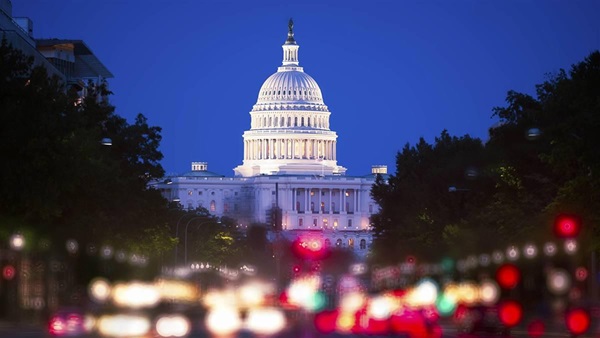Flight Training Security Program
Formerly the Alien Flight Student Program (AFSP)
The TSA's Flight Training Security Program rule went into effect July 30, 2024. All flight schools and individual flight instructors are “Flight Training Providers” under the rule. The rule applies to initial pilot certification, whether a private, recreational, or sport pilot certificate; instrument ratings; multiengine ratings; type ratings; and recurrent training to maintain or renew a type rating. Flight training providers must verify U.S. citizenship of trainees, give security awareness initial and biennial training to their employees, and designate a security coordinator with the TSA. Even those who train only U.S. citizens or nationals must follow these rules. When flight training providers are training non-citizen candidates, the student generally must undergo a security threat assessment before training can begin.
Questions? Contact the AOPA Pilot Information Center: 1-800-USA-AOPA (872-2672) and [email protected]
Information and step by step instructions to comply with the rule.
Flight Training Security Program (FTSP)
- For general information about the Flight Training Security Program (FTSP), to apply for training, and to log in to your account, visit the TSA FTSP home page. Flight training providers should visit the FTSP Provider page.
- For more details on the FTSP application process, see the TSA FTSP Application Guide.
- For assistance in the FTSP application process, call or email the TSA FTSP Help Desk at (571) 227-1004 or [email protected]. You can fax the Help Desk at 571/227-4532 or 571/227-4534.
- For information on U.S. visas, see U.S. Citizenship and Immigration Services website or call 800/375-5283.
- To find the nearest FAA International Field Office, click here.
- To find domestic and international fingerprinting locations, click here.
Definitions
Aircraft simulator: a flight simulator or flight training device, as those terms are defined under 14 CFR part 61. Simulated flights for entertainment purposes or personal computer, video game, or mobile device software programs involving aircraft flight are not aircraft simulators for purposes of the requirements in this part.
Candidate: a non-U.S. citizen who applies for flight training or recurrent training from a flight training provider. The term does not include foreign military personnel who are endorsed for flight training by the U.S. Department of Defense (DoD), as described in § 1552.7(a)(2); and does not include a non-U.S. citizen providing in-aircraft or in-simulator services or support to another candidate's training event (commonly referred to as “side-seat support”) if the individual providing this support holds a type rating or other set of pilot certificates required to operate the aircraft or simulator in which the supported individual is receiving instruction.
Flight training: instruction in a fixed-wing or rotary-wing aircraft or aircraft simulator that is consistent with the requirements to obtain a new skill, certificate, or type rating, or to maintain a pilot certificate or rating. For the purposes of this rule, flight training does not include instruction in a balloon, glider, ultralight, or unmanned aircraft; ground training; demonstration flights for marketing purposes; simulated flights for entertainment purposes; or any flight training provided by the DoD, the U.S. Coast Guard, or any entity providing flight training under a contract with the DoD or the Coast Guard.
Flight training provider:
1. Any person that provides instruction under 49 U.S.C. subtitle VII, part A, in the operation of any aircraft or aircraft simulator in the United States or outside the United States, including any pilot school, flight training center, air carrier flight training facility, or individual flight instructor certificated under 14 CFR parts 61, 121, 135, 141, or 142;
2. Similar persons certificated by foreign aviation authorities recognized by the Federal Aviation Administration (FAA), who provide flight training services in the United States; and
3. Any lessor of an aircraft or aircraft simulator for flight training, if the person leasing their equipment is not covered by paragraph (1) or (2) of this definition.
